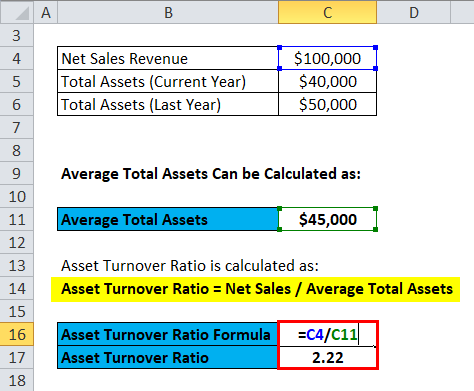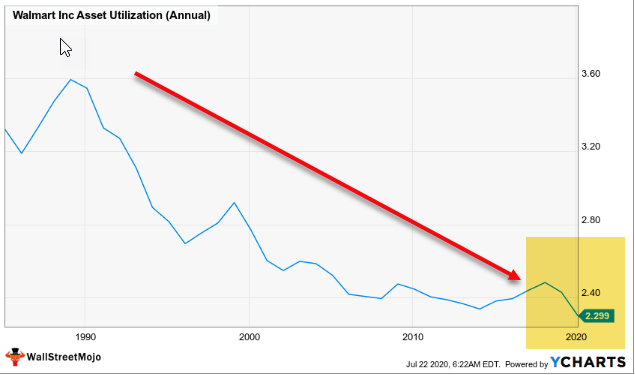
Investment risks and external influence factors aren’t taken into consideration when using ROI.ROI is not suitable for evaluating future investment projects. ROI is a book-value based indicator that generally only allows conclusions to be drawn about the past.

Flaws emerge both in the analysis of the company’s overall results as well as in the evaluation of single investments. When it comes to describing financial implications, however, the ROI itself has limited informative value: when considering individual cases, repercussions within the overall context can fall by the wayside. The indicator is quickly determined and also implies reproducibility. It generates a ROI that refers to a specific profit share and the advertising costs that were spent to obtain it.Ĭalculating ROI is considered one of the standard procedures for evaluating investment projects, both in forecasts and in the subsequent performance review. To do this, you can use the ROAS formula (return on advertising spend). You can calculate the success of your marketing investments by dividing the profit share by these advertising costs and multiplying the result by 100. The AdWords advertisements incur an expense of 500 dollars. For the purchase of articles, you incur a cost of 2,500 dollars which you use to generate 4,000 dollars in sales. Imagine that you operate an online store and that you advertise your products in the search engine.
#Total asset turnover formula how to#
The following example shows how to do this.

Google recommends that website operators measure the success of advertising expenditures for AdWords advertisements by using the ROI it generates.

In this context, it is referred to specifically as the return on marketing investment (ROMI). These types of calculations are used in online marketing, for example, in order to figure out the success of advertising costs in relation to the profit they generate.


 0 kommentar(er)
0 kommentar(er)
